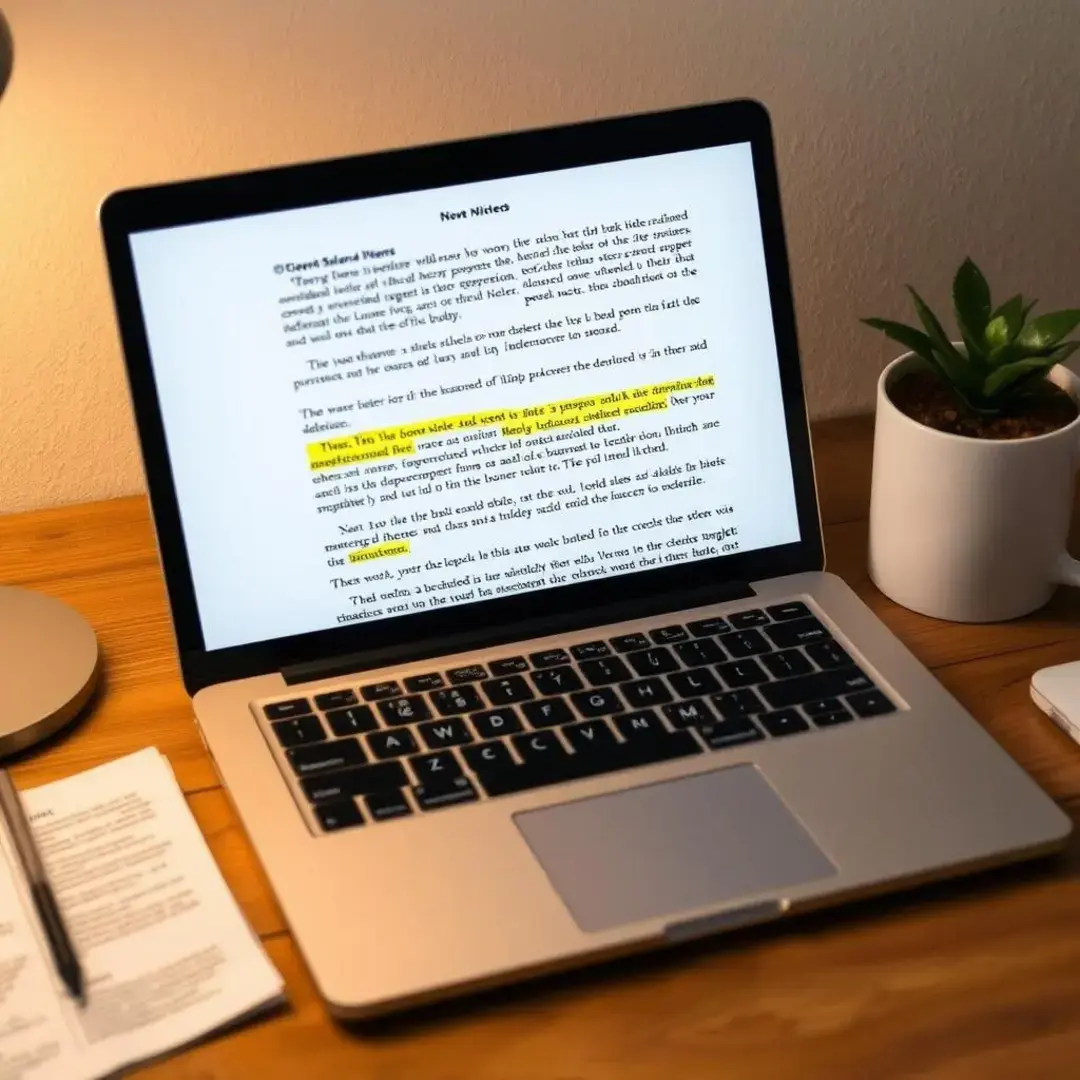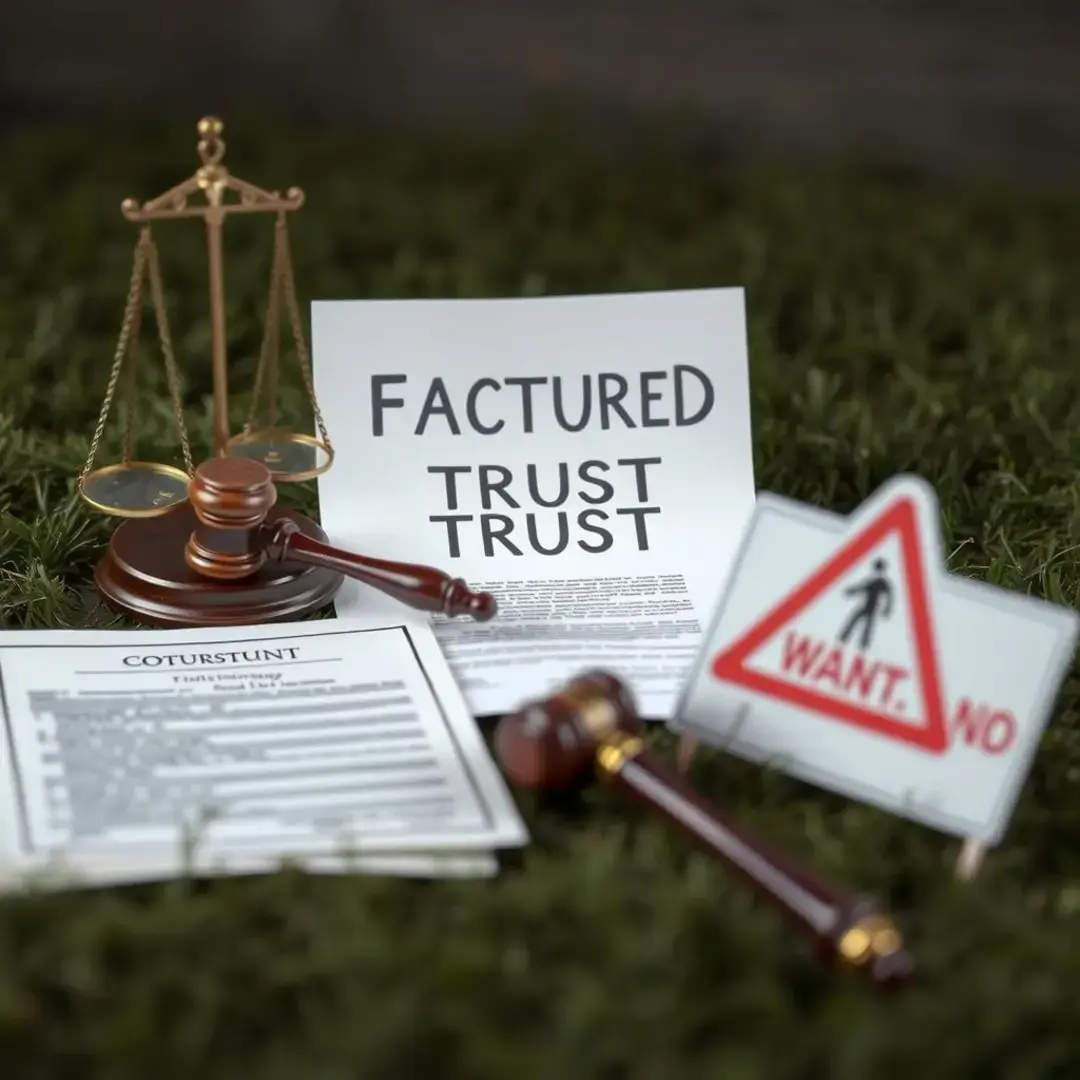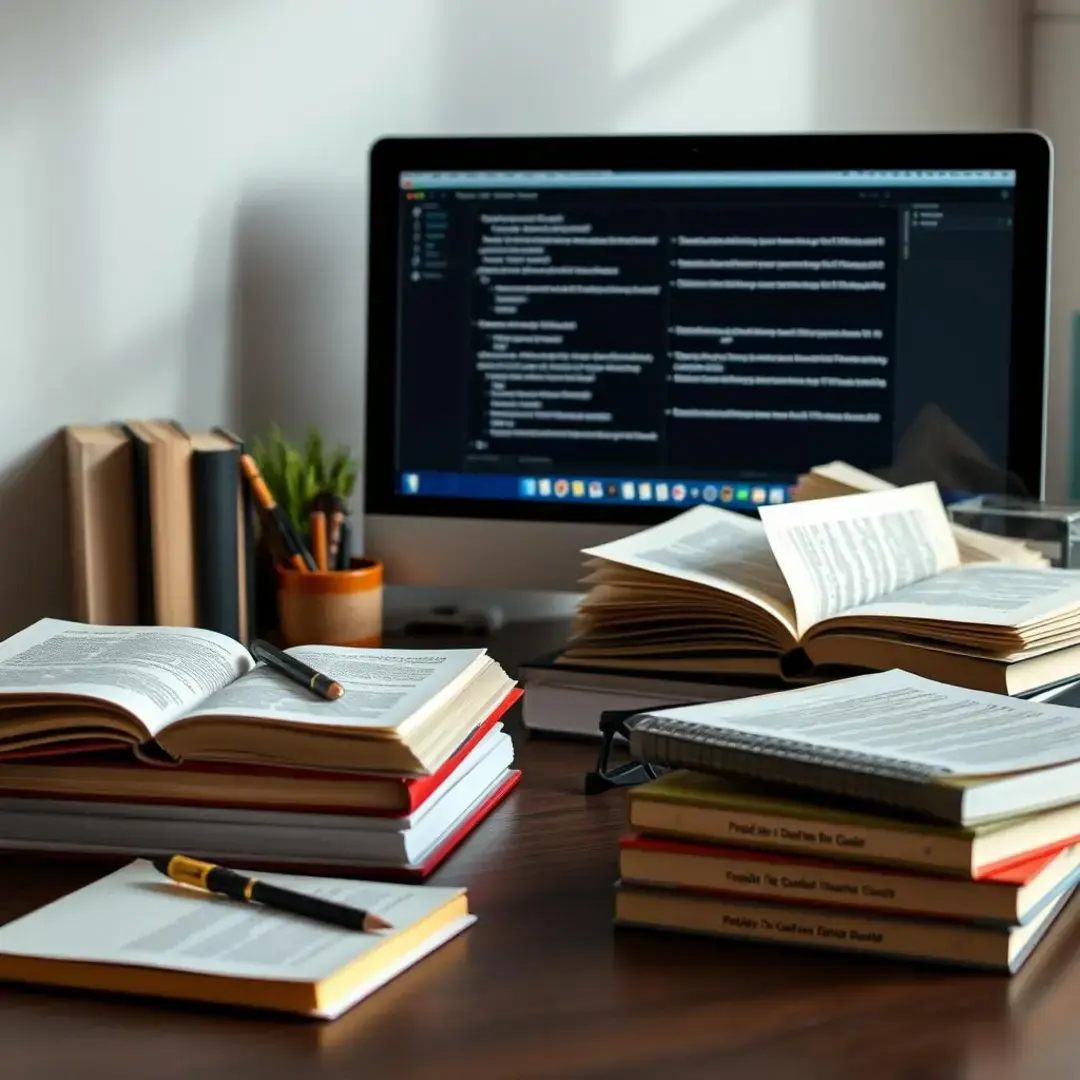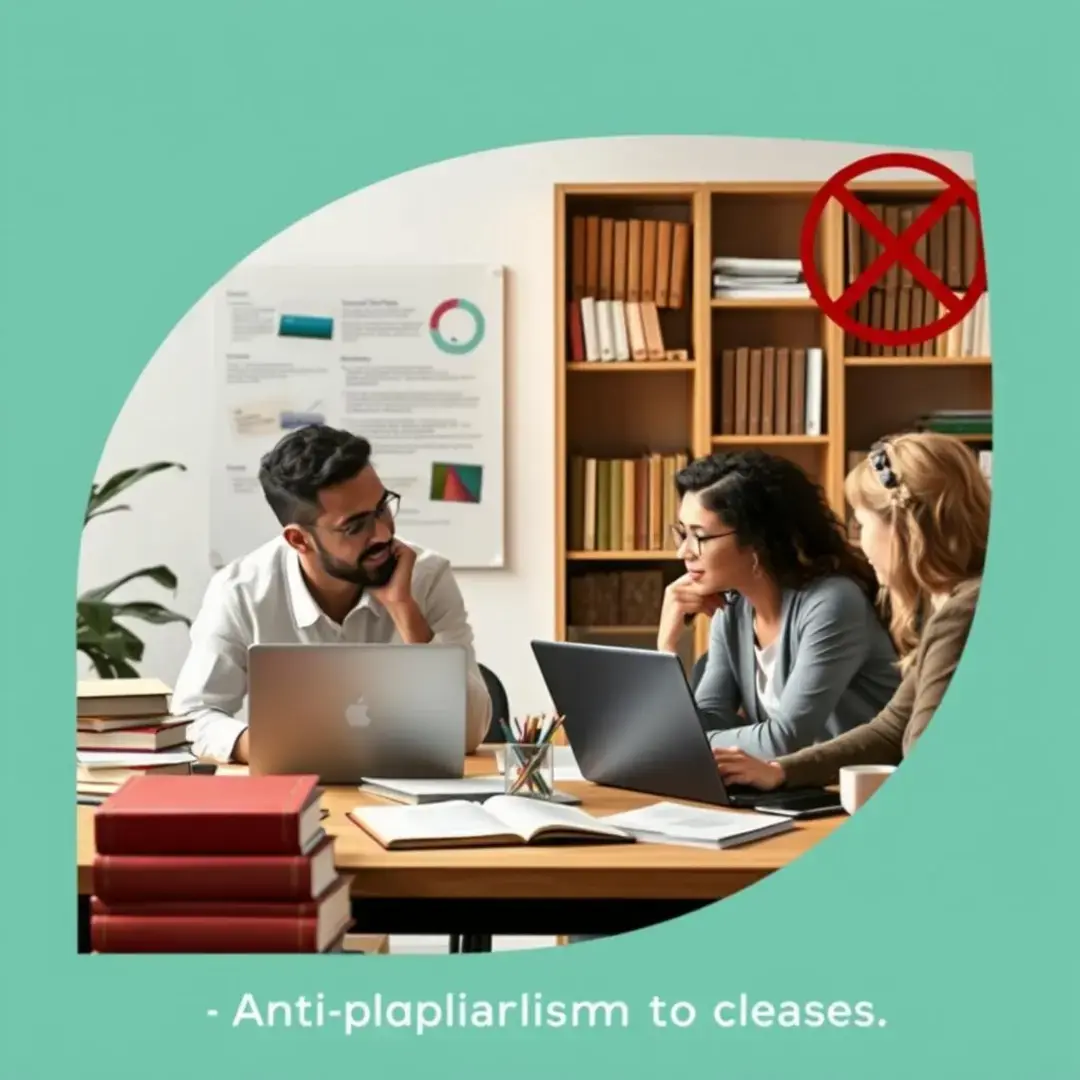Plagiarism what is it and how it can be avoided?
Defining plagiarism in the digital age

Understanding the nuances of plagiarism
Plagiarism is a complex issue in today’s digital landscape. With vast amounts of information available online, the lines between inspiration and theft can become blurred. It is essential to grasp the nuances of plagiarism to navigate academic and professional writing successfully. Understanding the intent behind the act is pivotal; some individuals might copy content without awareness of its implications.
Intentional plagiarism occurs when someone deliberately uses another’s work as their own. In contrast, accidental plagiarism results from negligence, such as not properly citing sources. Though intentions may differ, the consequences are often the same and can be damaging. It is vital for writers to take precautions to prevent both forms of plagiarism.
Many believe that plagiarism only pertains to text copied word-for-word. However, this is a misconception; plagiarism can also include ideas, images, and data without proper attribution. Moreover, citing a source incorrectly can still constitute plagiarism. Increasing awareness about these misconceptions can help mitigate risks.
Different types of plagiarism
Direct plagiarism is the most obvious form, where an individual copies text without any alterations. This form is easily recognizable and universally condemned. It can occur accidentally when students copy text from the internet for essays without citation. However, the responsibility lies with the writer to understand what constitutes direct plagiarism.
Mosaic plagiarism, often referred to as patchworking, mixes copied phrases or sentences from various sources. This diluted form of plagiarism can be more challenging to detect but is equally unethical. Writers may be tempted to use this technique while trying to “support” their arguments. Still, it undermines the integrity of their original voice.
Self-plagiarism involves reusing one’s previous work without acknowledgment. While it may seem harmless, it raises ethical questions about originality. For instance, students might repurpose an old essay for a new course. Even if the work is their own, it is crucial to seek permission or properly cite prior submissions.
Accidental plagiarism can occur even with the best intentions. It happens when a writer forgets to quote or cite a source correctly, leading to unintentional misuse of someone else’s work. Understanding this form highlights the need to be diligent in research practices. Writers should always double-check their citations and notes to prevent this issue.
The consequences of plagiarism

Academic repercussions
Plagiarism can result in severe academic consequences. Students caught plagiarizing can face penalties ranging from a failing grade on an assignment to entire courses. This not only affects their immediate academic standing but can also have long-term repercussions on their overall education. Sustained issues with plagiarism can tarnish an academic record, limiting future opportunities.
In more severe cases, particularly in higher education, repeated acts of plagiarism can lead to expulsion. Such drastic actions can sever a student’s connection to their educational institution and future prospects. Thus, understanding and avoiding plagiarism is crucial for maintaining one’s academic integrity.
Professional consequences
In the professional realm, plagiarism can be devastating. Beyond immediate job loss, it can cast a long shadow on a person’s professional reputation. Colleagues, employers, and clients may question the integrity and credibility of a plagiarizer. Future job applications may be scrutinized, and the haunting consequences of plagiarism can misconstrue potential success.
Plagiarism can also lead to legal action, especially in industries like publishing, journalism, or entertainment. Copyright laws protect original works, and infringing on these rights can result in lawsuits. Understanding the legalities surrounding plagiarism is essential for professionals, ensuring they navigate their fields ethically.
Personal consequences
The personal ramifications of plagiarism can be even more profound than academic or professional ones. Once trust is broken, it can be challenging to rebuild. This loss can impact relationships with peers, mentors, and professional networks. Trust is foundational, and once lost, it challenges future endeavors and collaborations.
Facing consequences for plagiarism can lead to significant emotional distress. Individuals may experience guilt, anxiety, or even shame, particularly if they are viewed as dishonest. The psychological burden can weigh heavily, affecting not just mental wellbeing but also overall productivity. Thus, avoiding plagiarism is not only about professional integrity but also about personal peace.
Advanced strategies for avoiding plagiarism

Effective paraphrasing techniques
Both summarizing and paraphrasing are essential skills for any writer. Summarizing condenses the main ideas, while paraphrasing involves rewording specific passages. Mastering these skills can significantly reduce the risk of plagiarism, allowing the writer to express ideas in their words. It is vital to practice these techniques regularly to ensure proficiency.
Utilizing synonyms and restructuring sentences can effectively paraphrase without slipping into plagiarism. Writers can alter sentence structure, vary word choices, and even change the voice. This creativity empowers one to convey the same message uniquely, ensuring originality in writing.
Proper citation methods
Citation styles provide a standardized format for attributing sources. Understanding which style is suitable—for instance, APA for social sciences or MLA for humanities—is essential. Different lessons in academic disciplines require familiarity with these styles to maintain integrity. Choosing the right style can streamline the citation process and strengthen writing.
Citation is not a one-size-fits-all process. Each source type has guidelines—books have authors and titles, while journal articles contain specific page numbers. Familiarizing oneself with these differences is vital for proper credit. Incorrect citations can still lead to accusations of plagiarism, making this knowledge crucial.
Reference management software can drastically simplify the citation process. Tools like Zotero, EndNote, or Mendeley help manage research materials and auto-generate citations. Embracing these technologies can help writers focus on content quality rather than becoming overwhelmed with citation formats. Effective utilization of these tools goes a long way in avoiding inadvertent plagiarism.
Utilizing plagiarism detection software
Plagiarism detection software can be valuable for ensuring original work. However, it is vital to understand its limitations. While these tools can flag similarities, they cannot replace the need for careful writing and citation practices. Writers should view these tools as aids rather than foolproof solutions.
Beyond detection, these software programs can serve as educational resources. Analyzed papers can highlight potential areas of improvement in writing and citation. By learning from flagged sections, writers can better understand plagiarism and enhance their overall writing skills.
Developing ethical research habits

Cultivating a mindset of academic integrity
Developing ethical research practices starts with cultivating an appreciation for original thought. Recognizing the creative process in crafting ideas fosters respect for others’ works. Originality not only enhances one’s credibility but enriches the academic community. Embracing this mentality can help individuals navigate their research with integrity.
Promoting ethical research practices within academic settings is essential for creating a culture of integrity. Workshops, discussions, and institutional guidelines can help in this regard. When students and professionals understand the importance of ethical research, they are less likely to commit plagiarism. Sharing knowledge cultivates a supportive environment where original thought is valued.
Building strong research skills
Strong research begins with effective note-taking strategies. By developing a systematic approach—whether digital or traditional—individuals can organize their thoughts and sources. This organization eases the citation process and helps prevent unintentional plagiarism. Adopting techniques that work best for each individual can dramatically enhance research efforts.
Beyond note-taking, organizing research materials plays a crucial role in academic integrity. Maintaining a well-organized library of sources simplifies the writing process and ensures proper attribution. Using knowledge management tools can aid in keeping everything systematic and accessible. This organization is necessary for crafting quality work that honors the original authors.
Resources for further learning

Online plagiarism guides and tutorials
Numerous online resources offer valuable guidance on understanding and avoiding plagiarism. These guides and tutorials provide insights into best practices, citation methods, and more. Engaging with these materials can enhance one’s knowledge and skill set.
University writing centers and academic support services
Many universities provide writing centers dedicated to helping students improve their writing skills. These centers often offer personalized feedback and guidance on avoiding plagiarism. Taking advantage of these services can be a significant step towards academic success.
Professional editing and proofreading services
For those seeking additional support, professional editing and proofreading services can provide an extra layer of assurance. These experts can identify potential issues with citations and originality. Utilizing such services can help ensure that any work submitted meets the highest standards of integrity.









